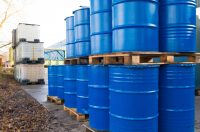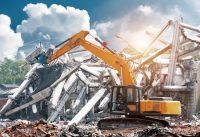HAZWOPER—Who You Gonna Train?
HAZWOPER applies to employers involved in three general categories of work operations: Hazardous waste site cleanup operations (e.g., Superfund, voluntary cleanups, and corrective actions under RCRA) Operations involving hazardous waste at TSDFs (e.g., a landfill that accepts hazardous waste), and Emergency response operations for releases of, or the threat of release of, hazardous substances at […]










